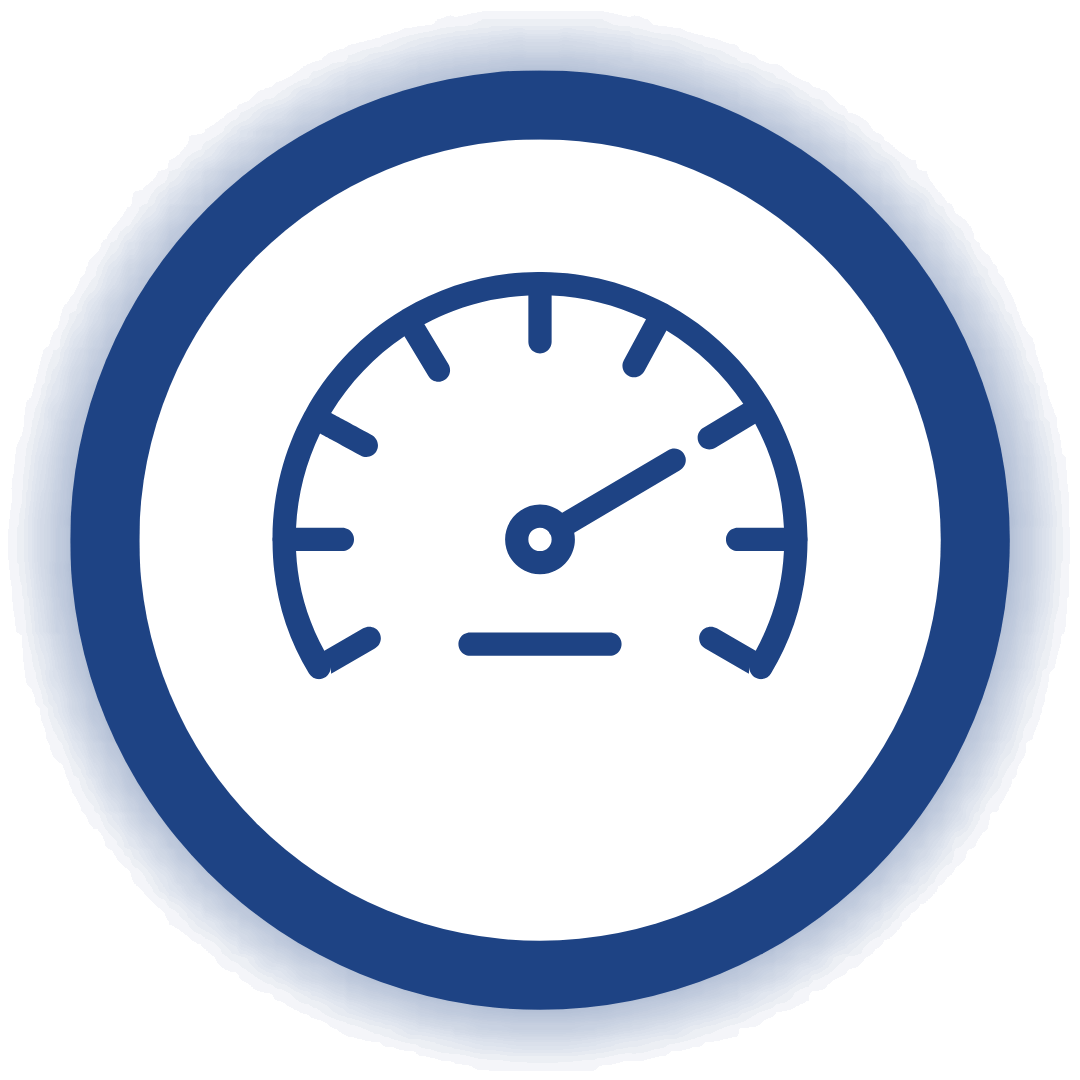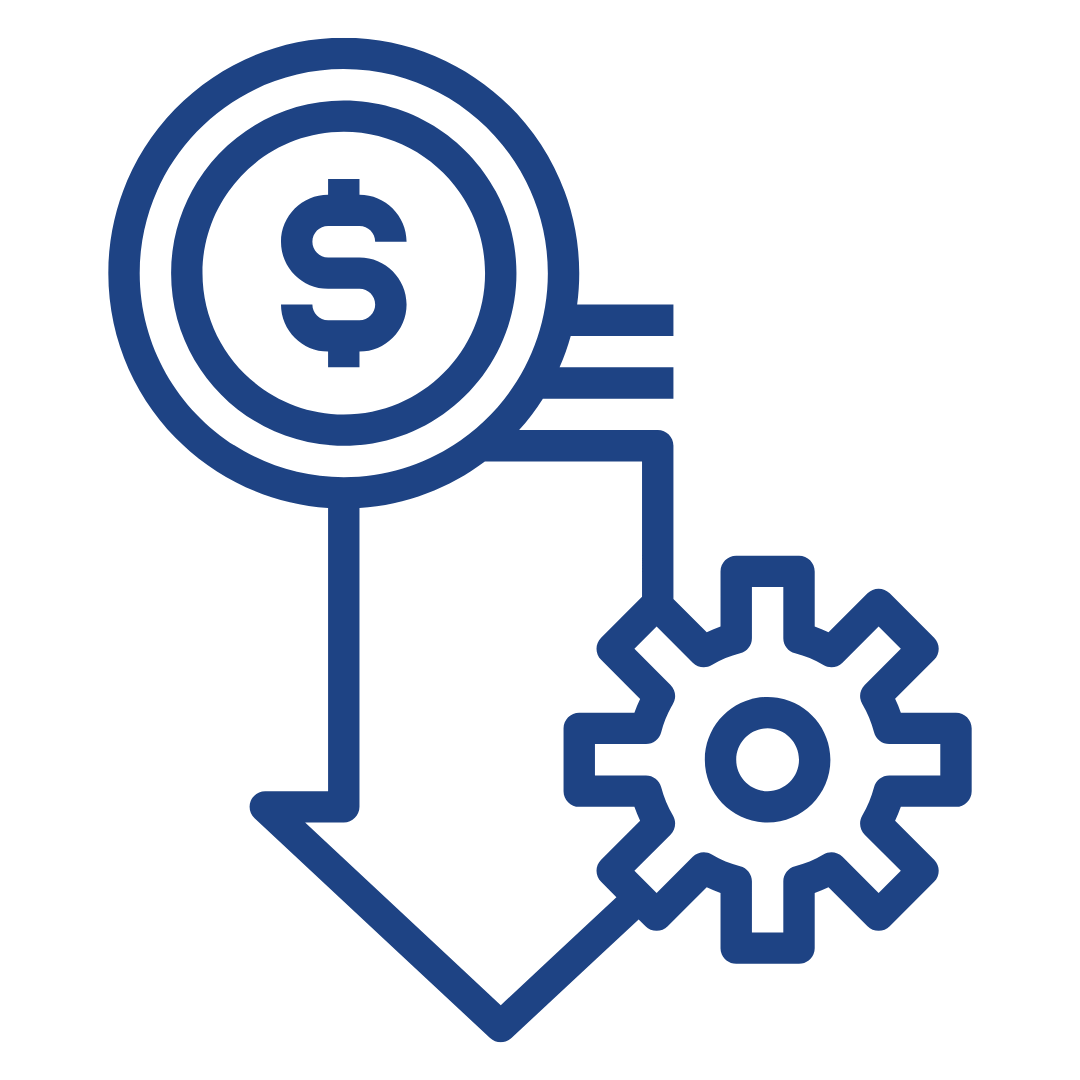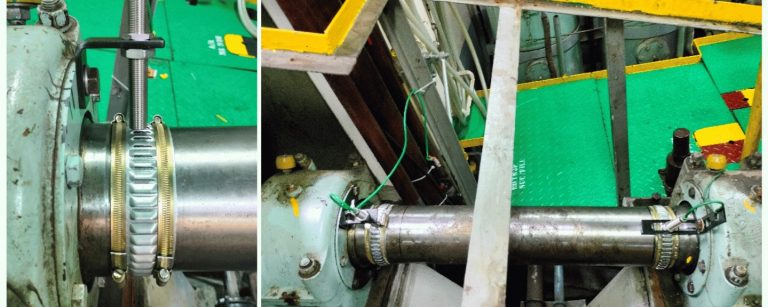Shaft Power Limiter (ShaPoLi)
What Is TorqueSense ShaPoLi (Shaft Power Limiter)?
TorqueSense ShaPoLi stands out as a cutting-edge shaft power limiter, seamlessly incorporating the TorqueSense system for efficient power regulation. TorqueSense, known for its versatility, can be easily installed on any shaft, offering a significant advantage over traditional strain gauges. It plays a pivotal role in a comprehensive strategy aimed at boosting fuel efficiency and curbing greenhouse gas emissions.
The shaft power limiters are strategically employed to optimize power transmission within the ship’s propulsion system, ensuring the engine operates within its designated efficiency range. By averting excessive loads on the propulsion system during varying operational conditions, ShaPoLi minimizes fuel consumption, enhancing overall energy efficiency. This becomes particularly crucial for compliance with regulations like the Energy Efficiency Existing Ship Index (EEXI).
Interested to Know More? Get on Call with Our Expert for a Detailed Walkthrough Of The Technology
What Is EEXI? and What Role Does ShaPoLi Play in It?
The EEXI Regulation, a component of the International Maritime Organization’s (IMO) measures to combat greenhouse gas emissions in shipping, establishes efficiency standards for existing ships. As of December 2023, all operational merchant, cruise, and ferry vessels with a gross tonnage exceeding 400 GT* engaged in global trade are mandated to adhere to the specifications outlined in the International Maritime Organization’s Energy Efficiency Existing Ship Index (EEXI). This index sets a baseline for the minimum energy efficiency standards these vessels must meet (applicable under the jurisdiction of MARPOL Annex VI).
Ships surpassing specified emission thresholds must implement measures to enhance their energy efficiency, and optimizing power transmission through the use of shaft power limiters, such as ShaPoLi, is a key strategy. By aligning with EEXI requirements and improving fuel efficiency, ships can reduce their carbon footprint, contributing to sustainable maritime practices.
What Sets It Apart From Its Competitors?

Class-Certified (IRS Type-Approved)

Can be Implemented on Shafts of Any Size (Shaft Agnostic)

Simple, Non-intrusive 2-sensor Sensor Setup

No Speed Limitation

+/- 0.1% Accuracy (Proven Case Study)

Unaffected by External Conditions (Proven Case Study)

No re-calibration is ever required.
How do you benefit from Shaft Power Limiter (ShaPoLi)?

Reduce fuel and maintenance costs.

Efficient and Effective Emission Control (EEXI Compliant)

Optimized Performance under Varying Ship Conditions

Enhanced
Safety

Potential for reduced insurance premiums and improved liability coverage.
TorqueSense ShaPoLi Installation
- Install two pole bands on the shaft at a distance of 3.5 times the diameter of the shaft.
- Mount Hall Effect or MPU sensors on the brackets.

Interested to Know More? Get on Call with Our Expert for a Detailed Walkthrough Of The Technology
TorqueSense ShaPoLi Basic Requirement
- Two non-invasive MPU Sensors
- Two Poll Bands

TorqueSense Shapoli : How It Works?
These sensors transmit data to our intelligent controller. The controller acquires data for 45 to 90 seconds, depending on the shaft RPM, and then analyzes it for the next 20–40 seconds. Torque and power are displayed on the screen, and through an Ethernet switch, data can also be transmitted to the cloud.
The system measures the twist in the marine propeller shaft, providing real-time and direct measurement of torque and power. TorqueSense ShaPoLi utilizes this torque information to regulate power by adjusting the RPM of electronically controlled engines. By dynamically controlling power transmission, ShaPoLi optimizes efficiency, limits emissions, and contributes to environmental sustainability in maritime operations. This innovative solution enhances both operational performance and compliance with environmental regulations, making it a valuable tool for the maritime industry.